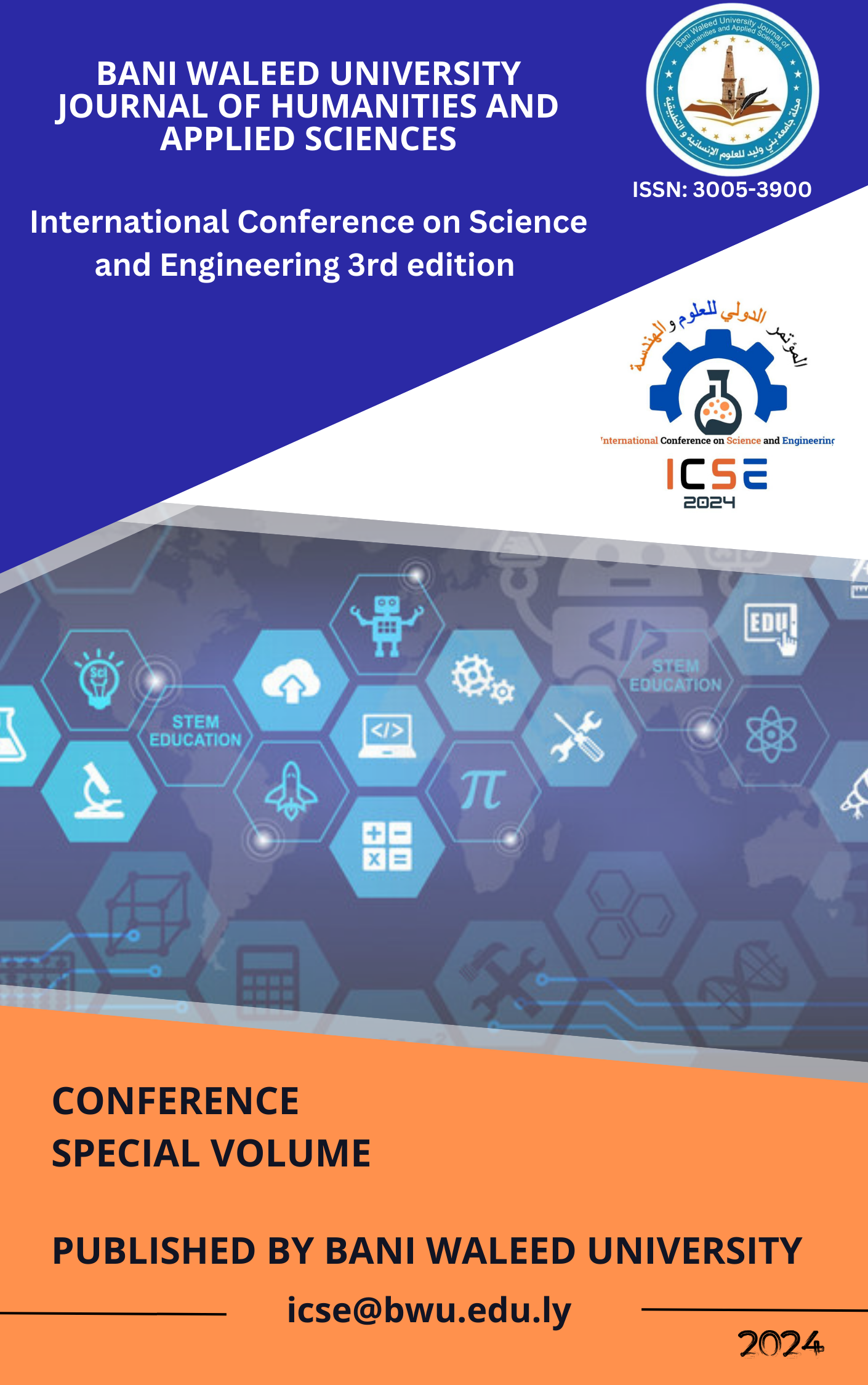Lossy Compression of Biometric Images Implemented Using Walsh-Hadamard Transform (WHT)
DOI:
https://doi.org/10.58916/jhas.v9iالخاص.334Keywords:
PSNR, WHT, SSIM , Compression Ratio, MSEAbstract
Digital image compression plays a vital role in reducing storage requirements and facilitating efficient transmission of image data.This paper focuses on the application of the Walsh- Hadamard Transform (WHT) for biometric image compression. The objective is to develop an efficient compression algorithm that can effectively compress biometric images such as face, and finger images while maintaining acceptable image quality.The proposed approach involves inserting the biometric images into MATLAB, implementing the WHT algorithm, and experimenting with different truncation coefficients. The methodology begins by importing biometric images, consisting of face, and finger images, into MATLAB. Then, a custom WHT algorithm is developed to compress these images. The algorithm performs the forward WHT to transform the image coefficients. The transformed coefficients are then truncated using different truncation level such as 32,64,128,and 256 . After truncation, the inverse WHT is applied to assess the quality of the compression using well-established metrics such as Peak Signal-to-Noise Ratio (PSNR), Mean Square Error (MSE), and Structural Similarity Index (SSIM).The experimental results obtained through the evaluation metrics provide insights into the performance of the proposed biometric image compression approach. The PSNR metric measures the fidelity of the compressed images by comparing them to the original images. The MSE metric quantifies the average squared differences between the compressed and original images. Additionally, the SSIM metric evaluates the structural similarity between the compressed and original images. The outcomes of this research contribute to the field of biometric image compression by exploring the effectiveness of the Walsh-Hadamard Transform with truncation. The findings will provide valuable insights into the trade-off between compression ratios and image quality for biometric images. The developed algorithm and evaluation metrics can serve as a foundation for further research in optimizing biometric image compression techniques.















